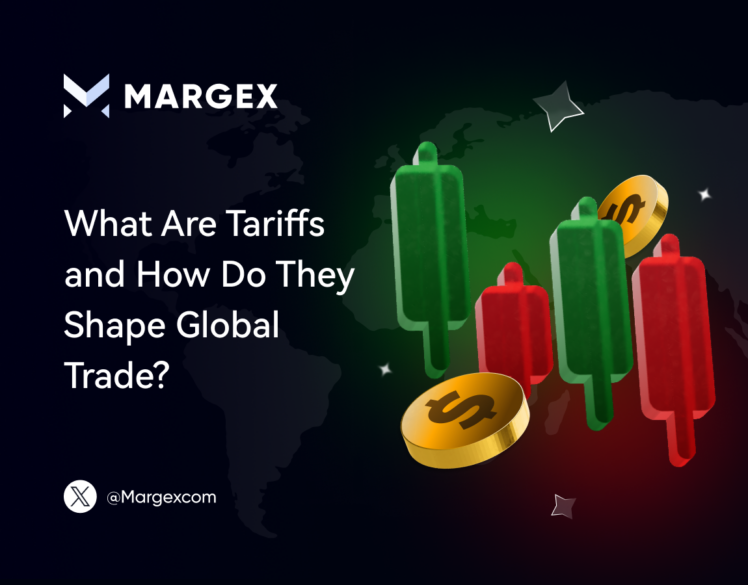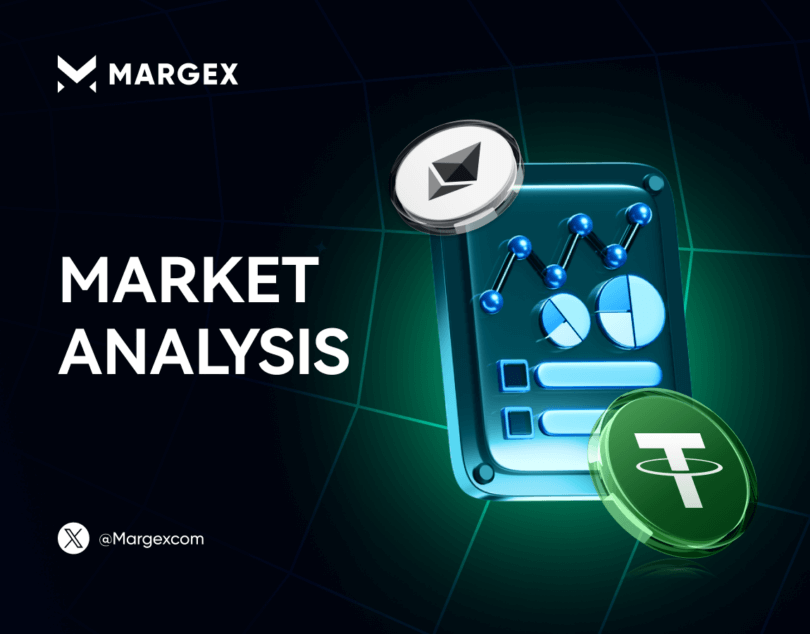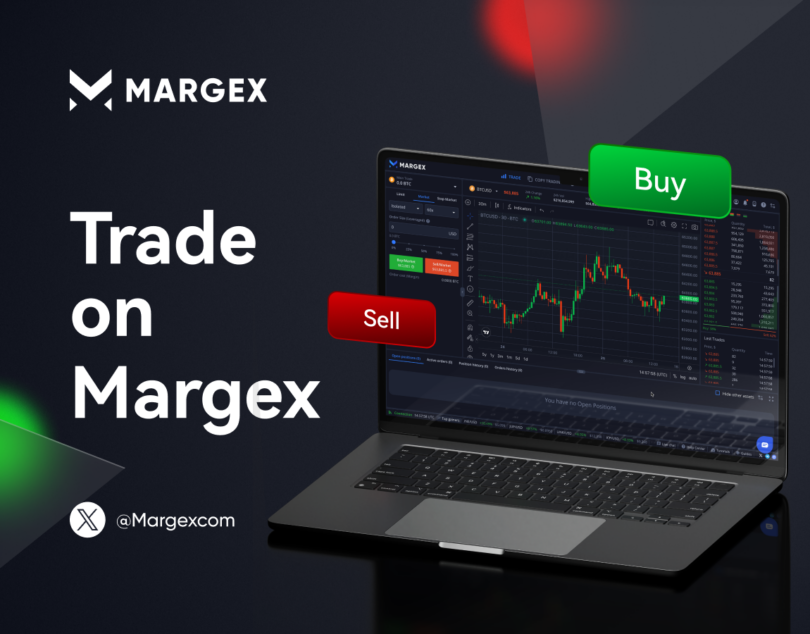What Are Tariffs and How Do They Shape Global Trade?

What Are Tariffs? When countries impose tariffs, they use these trade controls to achieve market objectives and direct their national economic strategy. Official policies use tariffs to protect home industries from international contenders and to enhance negotiation influence. Their influence reaches far beyond basic trade areas since they affect the rise of prices and the value of money, along with maintaining national financial stability.
Traders in cryptocurrency need to track tariff changes and related economic events. Digital asset values react quickly to changes in the macroeconomy, particularly when economic policies on inflation and currency change through tariff controls.
This research explores basic tariff rules and their worldwide market impact on blockchain-based assets.
Understanding Tariffs and Their Role in the Global Trading
A government uses taxes to regulate imports entering the country. Taxing imported goods boost their selling price and create economic changes in worldwide commerce. Tariffs created to safeguard home businesses influence multiple sectors of an economy above their basic protection function.
How Tariffs Shape Global Trade and Economies
Different countries participate in trade activity and buy from each other because markets operate more cheaply in particular areas. Governments set up trading taxes to protect domestic production workplaces and decrease export dependence. Tariffs increase the prices of imported products to slow down foreign imports, which helps domestic producers. Organizations need to raise their prices when tariffs affect them, which ultimately causes higher customer costs and hurts their ability to buy basic needs.
Tariff conversations become more important during economic downturns since their effects touch markets and basic economic living standards. The data shows if governments should use tariff policies with new business sectors like cryptocurrency. Analyzing historical tariff applications helps us understand all their long-term economic consequences.
Distinguishing Between Taxes and Tariffs
Both types of government financial obligations have different functions, although they meet the same basic requirement of compelling people to pay money to the state. This section lists their main differences.
Understanding the Role of Taxes and Tariffs in Economic Policy
The government taxes different economic operations, including income, sales, and property taxes, across the nation. Money collected from taxes becomes the main funding source the government needs to support public programs and infrastructure systems. When governments collect these taxes, they create financial stability, which lets them offer important services to their people.
Tariffs are official fees placed only on products entering from outside the country. They form a global trade control mechanism by elevating foreign product prices to weaken their market competitiveness. The main purpose of tariffs is to help domestic industries against foreign competitors and local companies while sometimes impacting international trading rules. Governments use tariffs as diplomatic bartering tools and answers to how other nations handle trade.
Economic Impact of Tariffs
The economic results of tariffs benefit and disadvantage nations that use them. Although these measures help shield home companies, they also create higher expenses and international trade conflicts.
Challenges Posed by Tariffs
Increased Prices and Reduced Consumer Demand
Imported tariffs raise the prices of imported products. The rise in importing costs makes international trade less attractive to buyers. People tend to buy less because they accept products at their previous reasonable pricing rather than paying increased amounts. Businesses that need foreign materials or bought products must handle rising production expenses, which slows down market growth and affects economic activity.
Risk of Trade Wars and Economic Isolation
Countries usually respond to tariffs with their own protectionist policies, which creates major trade conflicts. When nations see one another raise import taxes, it slows down both national economies. The trade war effects can weaken economic exchange, double the price of necessary items, and push for world isolation. Governments often justify tariffs as a way to protect domestic industries, but these measures can also lead to trade disputes between nations, creating fears that make global investors and businesses uncertain about their operations, particularly in emerging financial sectors such as cryptocurrency.
Potential Economic Benefits of Tariffs
Tariffs serve beneficial purposes when applied under particular economic conditions. Governments use trade restrictions mainly to guard their domestic businesses from foreign competitors and develop self-sufficient markets, which can contribute to economic growth by strengthening local industries and creating new job opportunities.
Advantages of Tariffs
Strengthening Domestic Industries and Employment
By putting tariffs in place, domestic producers gain protection against foreign companies. When tariffs raise the prices of international products, people tend to choose domestically manufactured items instead. More demand for local goods helps domestic companies expand their operations and adds new jobs to the economy, contributing to economic growth. Due to tariff protection, new businesses and industries that matter to national security get extra time to build their strength before meeting worldwide market competition.
Enhancing National Security and Reducing Foreign Dependence
The government may use trade barriers to shield industries that are essential for protecting national security both in energy production and defense sectors, plus technological advancements. Governing authorities should limit their reliance on foreign providers to build stronger economies that reduce their dependence on foreign sources. When industries require ongoing domestic output for long-term stability, tariffs protect them and make them resistant to external business changes, especially in response to unfair trade practices by foreign competitors.
The U.S. – China Trade War (2018–2020) and Its Influence on the Crypto Market
Looking at tariff policies from 2018 to 2020 provides insights into their overall economic effect because the United States applied tariffs to many Chinese imports during this time. Tariff actions touched the technology and farming sectors, boosting consumer prices and worsening market disputes. When tariffs hit imported electronics from China, they caused product price rises that citizens of the United States had to pay.
These changes caused higher prices, which changed international supply routes while making U.S. dollars and Chinese Yuan less stable for one another. The impact was particularly noticeable in sectors reliant on Chinese goods, as tariffs increased costs for importers and disrupted supply chains. The next sections detail the effects of recent world events and conditions on the cryptocurrency industry.
The trade dispute between the US and China increased uncertainty in the financial markets, which led more people to consider Bitcoin as an investment option.
Rising Trade Tensions and Increased Interest in Bitcoin
The rising diplomatic conflict between the U.S. and China led investors to adopt new investments because standard marketplaces displayed more unpredictability. Bitcoin started attracting investors because it exists outside the control of banking systems and central banks. Forex traders saw Bitcoin as a safety against currency value loss and bought more digital assets to protect themselves during economic struggles. With growing uncertainty, many traders look for reliable platforms to buy and trade Bitcoin efficiently. Start trading here.
Impact on Cryptocurrency Mining Costs
China remained the main center for worldwide cryptocurrency mining operations during this period. The new tariffs on Chinese crypto-mining technology led authorities to check imported crypto-mining machines more closely. The high costs of Chinese-manufactured mining hardware caused more expenses for mining farms that bought this equipment. Small mining operations experienced major financial problems because they had to pay more for their hardware. The changes affected how easily the Bitcoin supply chain operated, which affected its market value.
Shifts in the Crypto Mining Industry and Regulatory Influence
The costs of US tariffs on Chinese technology imports reshaped multiple aspects of the blockchain industry. High electronics costs from China pressured U.S. miners to find better equipment alternatives, which altered manufacturing locations and business expenditures. Despite larger mining activities in China, the U.S. tariffs exposed fundamental weaknesses in crypto operations, especially their overdependence on mining products produced in a particular region.
Economic Implications: Tariffs, Inflation, and Market Performance
The International Monetary Fund’s economists found that trade barriers seriously affect economic inflation rates and stock market stability. Inflation and tariffs are closely linked, as inflation grew to 2.9% during 2018-2020 because importing products became more expensive. The S&P 500’s market value increased by over 33% in parallel to conditions that slowed economic growth. Recent changes in interest rates combined with COVID-19 conditions made it challenging to identify how tariffs affected stock market performance during this period.
Bitcoin remained on its path to becoming a proper investing category, while other assets worked in traditional markets during that time. Bitcoin’s market value continued to grow based on blockchain technology innovation and both legal and investor market developments. Yet external economic elements, including rising prices and trade conflicts, affected Bitcoin less directly. Its unpredictable price swings demonstrated that people simultaneously invested in Bitcoin for financial gains and economic protection. The significant focus on Bitcoin during international trade problems demonstrated how it became more important to financial markets.
The Indirect Influence of Tariffs on the Cryptocurrency Market
Tariffs usually raise prices in basic markets, but this impact spreads to cryptocurrency markets through secondary means. Investor market reactions depend on their anxiety level about economic stability and rising consumer prices caused by tariff rules. During market distress, people recognize Bitcoin and other digital currency assets as reliable value alternatives. When trade tensions rise and inflation worries grow, people see cryptocurrencies as a separate asset type from tariff-linked financial products.
Governments usually respond to increased inflation by using interest rate changes to stabilize their economies when tariffs cause substantial price increases. Monetary policy changes direct investors from high-risk investments like cryptocurrencies to safer options like treasury bonds and fixed-income securities. When interest rates increase, financial institutions have less money to put into crypto markets because traditional investments offer higher yields.
Macroeconomic turmoil caused by tariffs creates negative feelings among cryptocurrency traders, who shift to safer investment patterns. During his second term in 2025, President Trump witnessed market movements that demonstrated this behavior. After Trump revealed extensive tariffs on China and three other nations, Bitcoin lost value from $105,000 to $92,000.
This case reveals how cryptocurrencies respond differently to market forces than industries like manufacturing, technology, and agriculture. The crypto market cares more about wider economic developments and investor opinion than actual trade barriers hurt other industries. Traders who see market dynamics first will deal better with economic transitions and spot cryptocurrency chances to defend their regular investments. To navigate these shifts successfully, having access to a professional trading platform is crucial. Trade smarter today.
Strategies for Managing Crypto Market Volatility Amid Tariff Changes
Crypto traders should plan ahead when large trade barriers come into effect to control market changes. Using these actions will help you handle market changes during economic shifts.
Monitoring Economic Indicators
When tariffs impact economic policy decisions, crypto investors must watch major market indicators for early signs of market movement. The trading market depends on inflation rates, interest rate shifts, and currency fluctuations, so traders need live updates from these sources. Traders who stay informed about trade talks plus tariff announcements can better predict market attitudes and take proper steps to modify their strategy.
Risk Management Approaches for Crypto Traders
Traders should build their portfolios using these steps to protect their investments from market instability caused by tariffs. Several types of cryptocurrencies, including Bitcoin, plus assets with unique functions, protect traders from losing their entire portfolio’s value during market fluctuations.
Using stop-loss orders, traders can prevent losses by selling their assets automatically at specific price points, shielding them from unexpected trading risks. Having a stablecoin reserve portion in your portfolio offers market protection plus ensures you maintain enough cash. Stablecoins allow traders to buy assets when prices drop lower and offer protection from rising prices or national currency weakness.
Adding cryptocurrency to your holdings lets traders with regular asset investments protect against economic uncertainties because it works as a protective shield against rising prices. Traders who comprehend how tariffs affect the economy and develop suitable risk controls will better manage uncertain market periods and find crypto trading chances.
Understanding Tariffs and Their Impact on Trading
Tariffs shape international trade markets through their impact on imported goods prices and promotion of market unpredictability. These safeguards help protect home businesses yet add inflation pressure and change established trade movements. When governments apply tariffs on trade, it creates unpredictable market swings, which present both dangers and opportunities to cryptocurrency traders. Successful trading depends on knowing market changes before they happen and using effective methods to control risks when trade tariffs impact markets.
Our guide provides a detailed understanding of Bitcoin vs. Gold and explains why investors see Bitcoin as a safe-haven asset. Our options hedging guide can help you protect your investments when market changes are about to happen. If you’re looking for a secure way to trade Bitcoin and hedge against market fluctuations, check out our platform.




